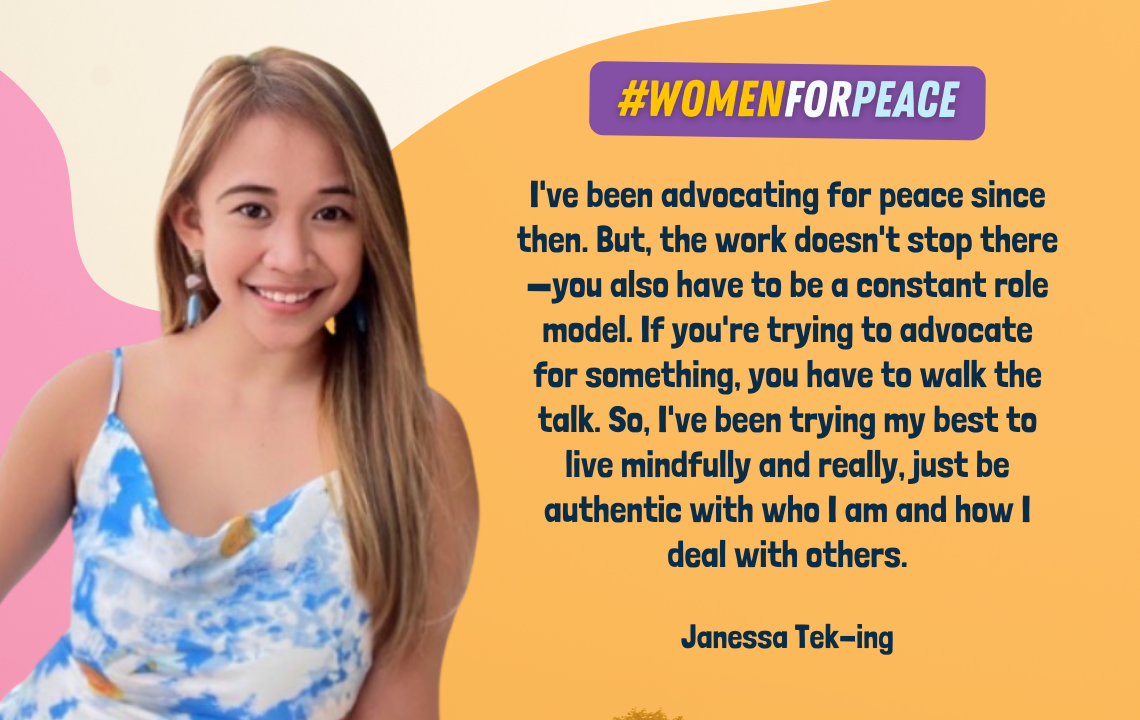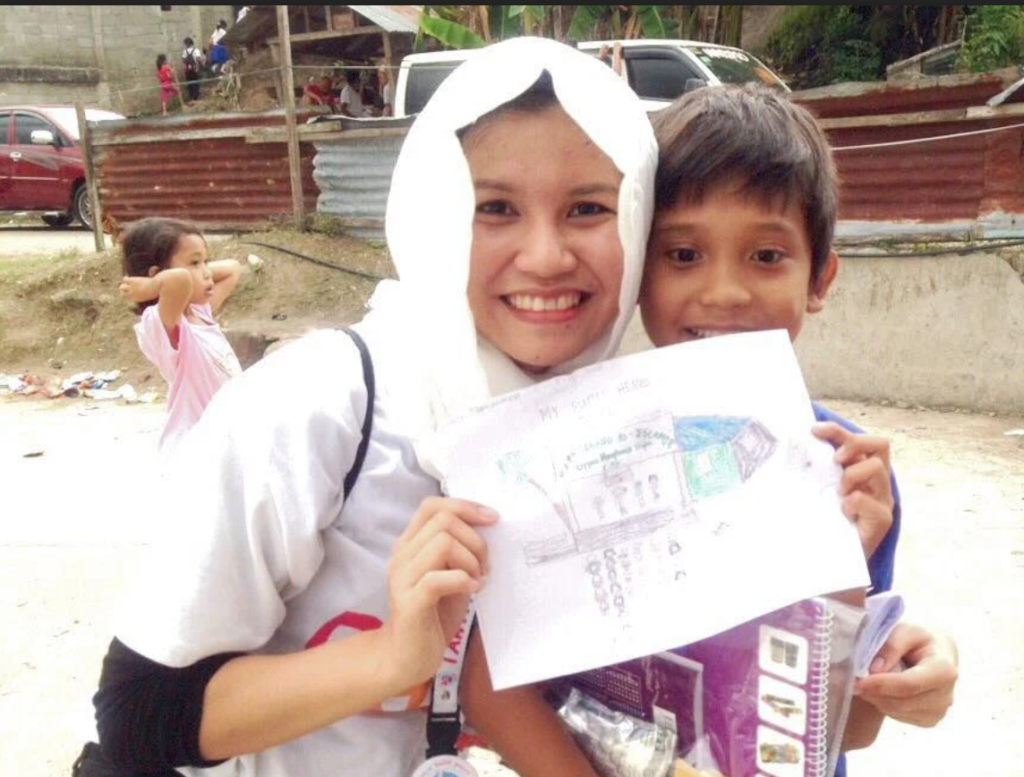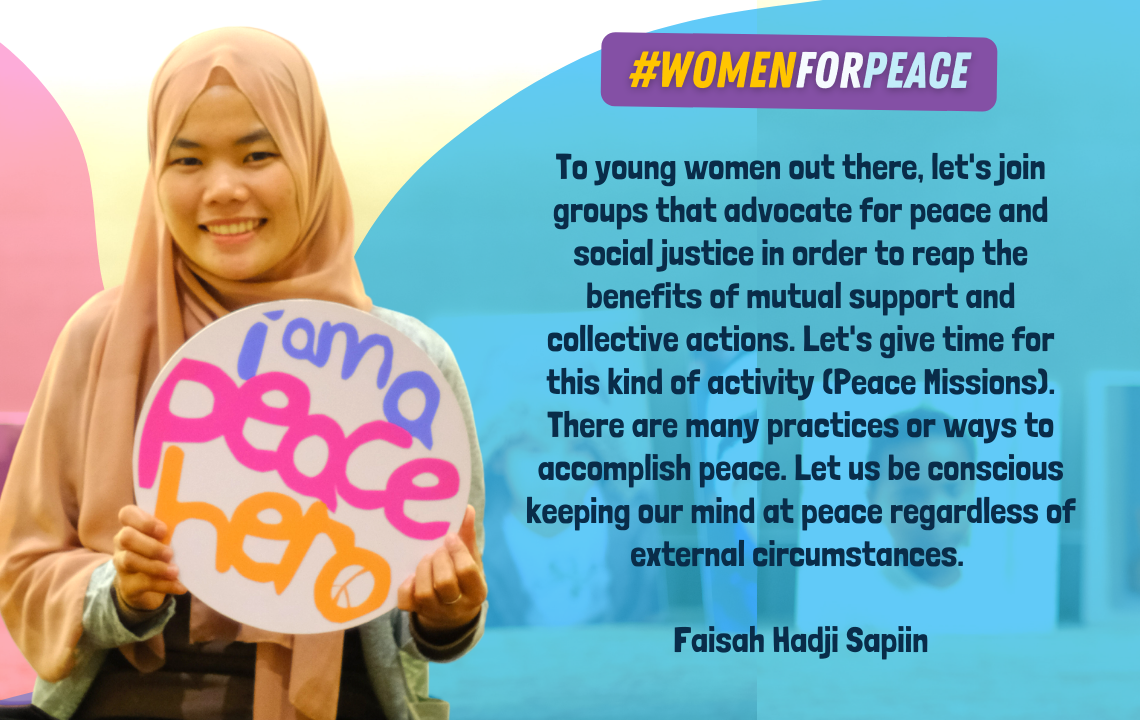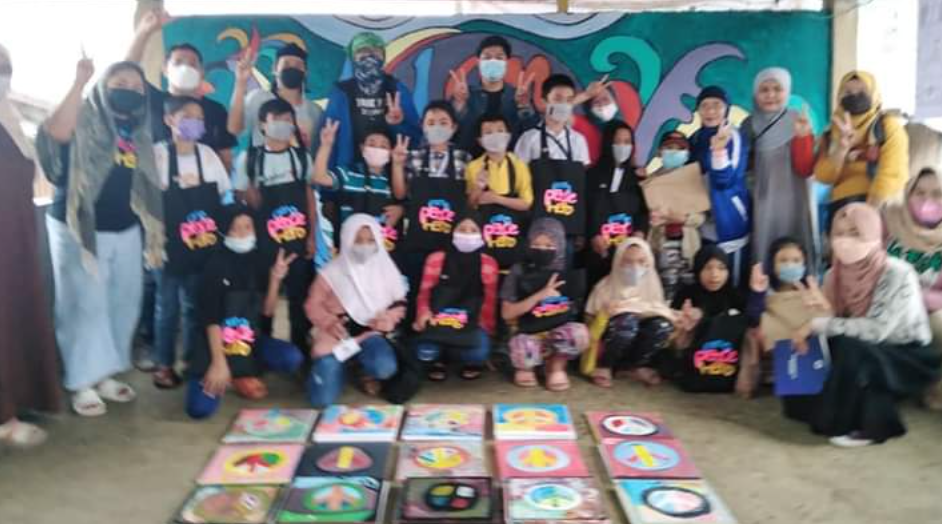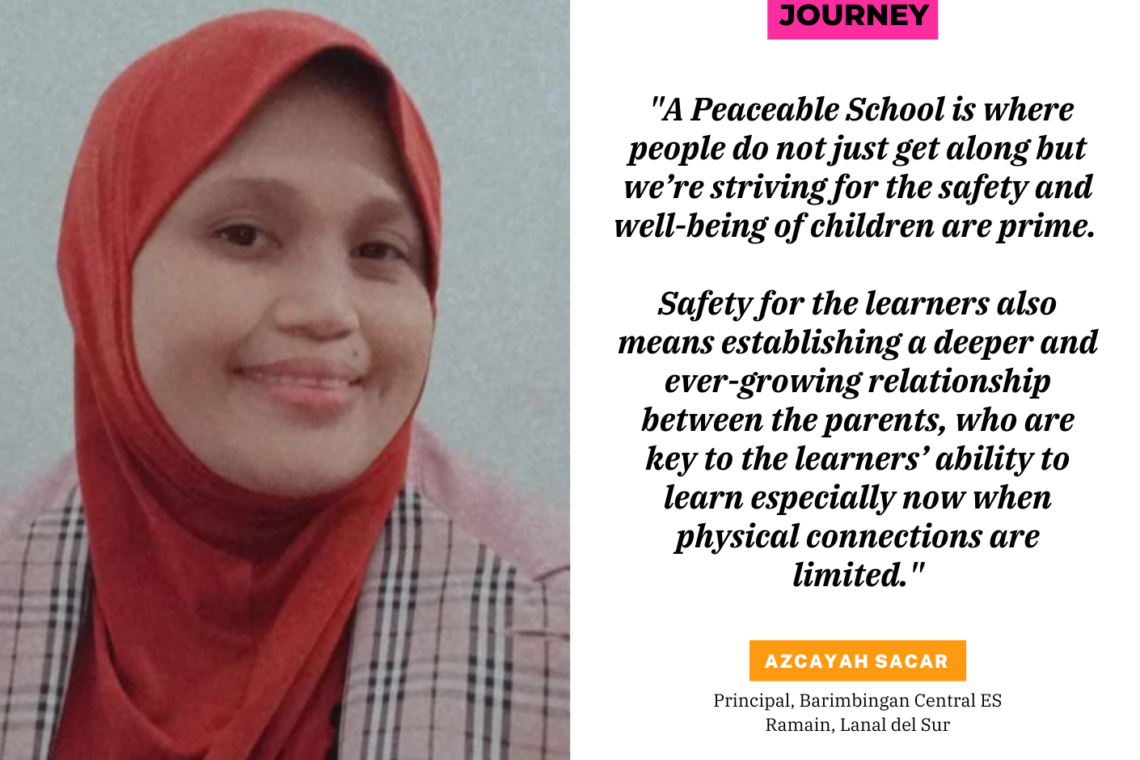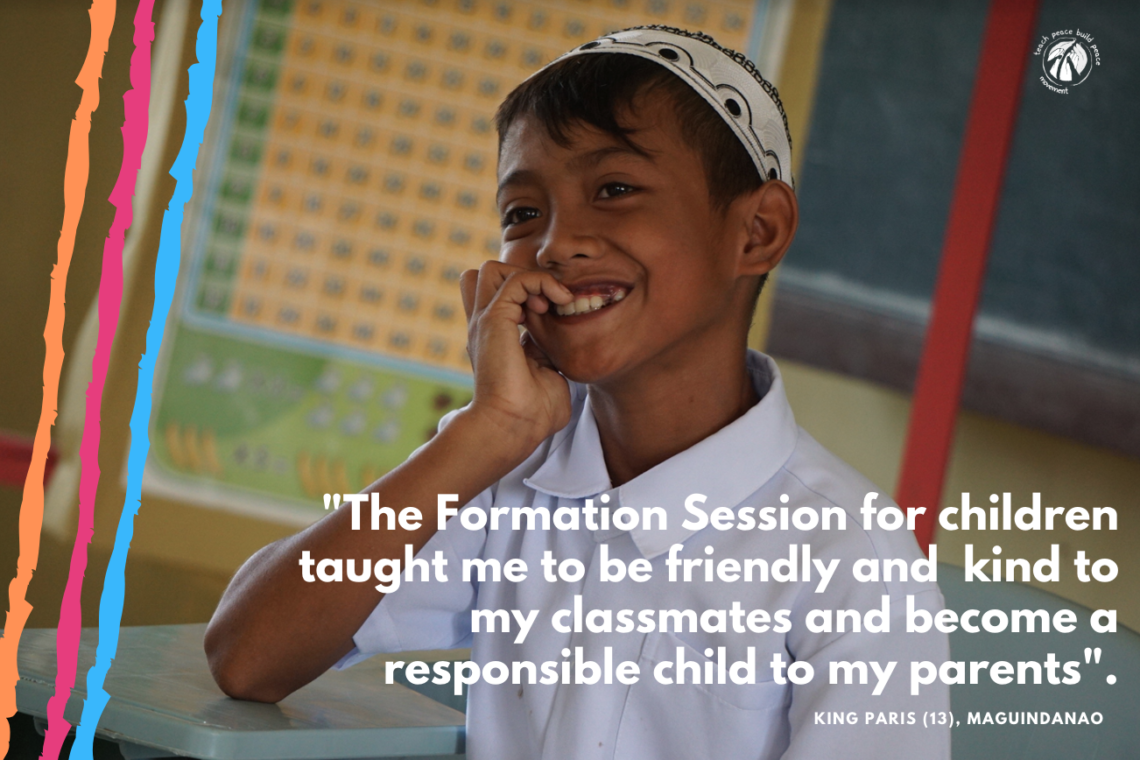Tell us something about yourself.
I’m Nessa, a storyteller, and writer at heart. I am passionate about weaving my love for storytelling and technology with advocacy. I use my voice and my words to tell stories that inspire people to act and give back. I have been a TPBPM volunteer since 2013 (when it started!).
Tell us about your role in TPBPM.
I’m a communications consultant to TPBPM since 2013 and in my role, I help the organization with their communications needs to the best of my ability. I also volunteer in some activities —whether as a mentor or a writer — whenever I can.
What are the highlights of your experience with TPBPM?
I believe every moment with TPBPM is a story worth remembering in itself. But if I were to choose only one experience, it would be the Artist for Peace Mentoring Workshop which we held in Lanao Del Sur. I love it because I got the opportunity to listen to the stories of kids from Mindanao: their stories of resilience and strength, as well as their dreams and aspirations. It touched me so much because it made me realize (as with all TPBPM activities!) how lucky I am in life and how much more work we need to do. Children in conflict areas have so much potential, they just need to be in a nurturing, peaceful environment and that’s the part we’re helping to build with our advocacy.
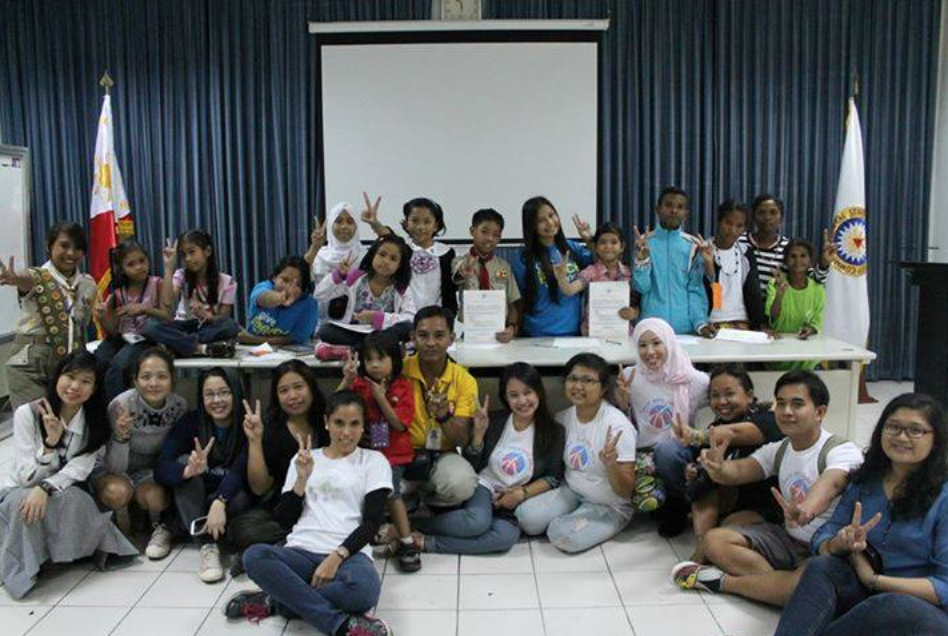
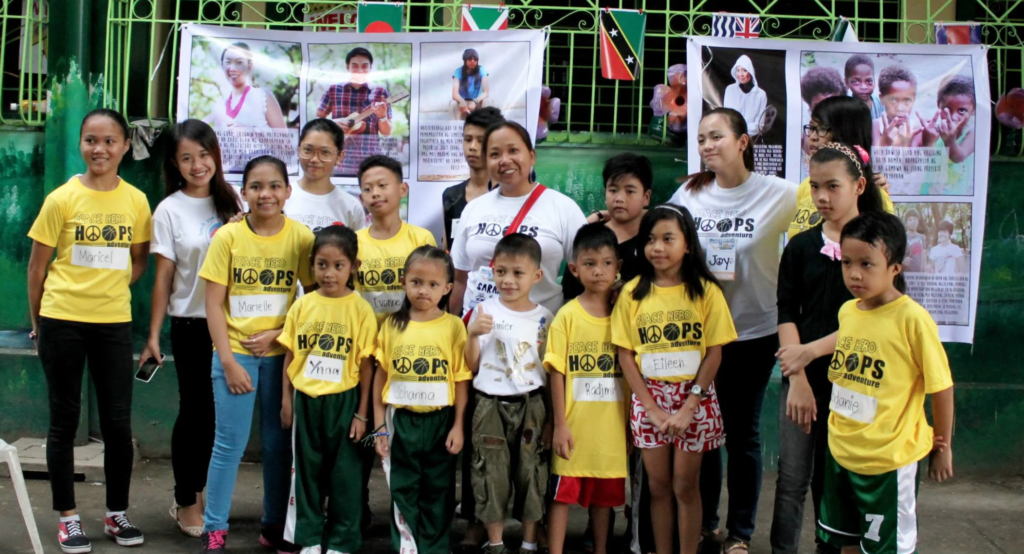
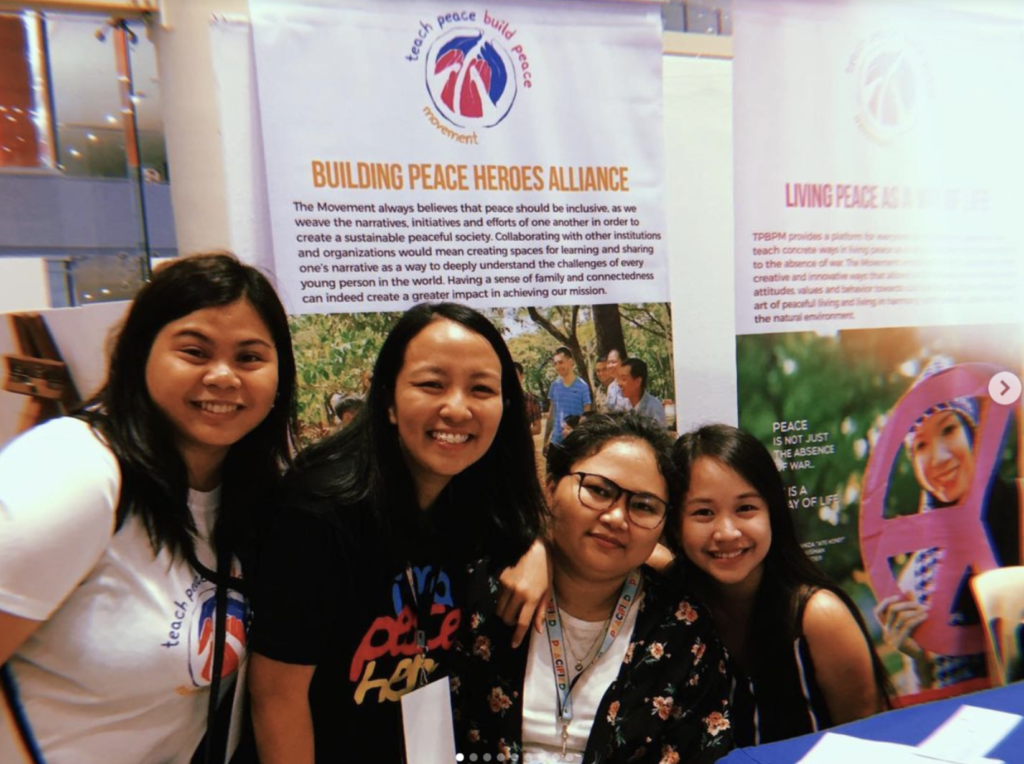
What have you learned from TPBPM that you have applied in your life?
I will always remember this: peace starts within us. So, I consciously made it my own personal mission to constantly do the inner work because I cannot share peace if I don’t have it within me. I believe that’s what we’re also trying to share through our advocacy in TPBPM: that for peace to be truly attainable, we all have to get rid of our personal biases towards people, places, and circumstances.
What’s your advice for young women who wants to advocate for peace?
Start with yourself. Any advocacy starts with a small gesture because if you strive for a much bigger step right away, you might end up not taking any action at all. What do you have that you can share with others? Because that gift was given to you for a reason. I remember my peace advocacy started when I was in college, a time when I missed volunteering so much. I told myself, “You’re good at public speaking and writing. Maybe you can do something with that.” So I offered myself and looked for organizations I can support: first with PeaceTech (as a youth ambassador) then with TPBPM (as a comms consultant and writer). I’ve been advocating for peace since then. But, the work doesn’t stop there—you also have to be a constant role model. If you’re trying to advocate for something, you have to walk the talk. So, I’ve been trying my best to live mindfully and really, just be authentic with who I am and how I deal with others.
Peace is looking at the world around you and seeing the good that surrounds it. It’s living your life in the present, offering yourself mindfully to others and being aware of who you are and what the world needs from you.
Janessa Tek-ing

